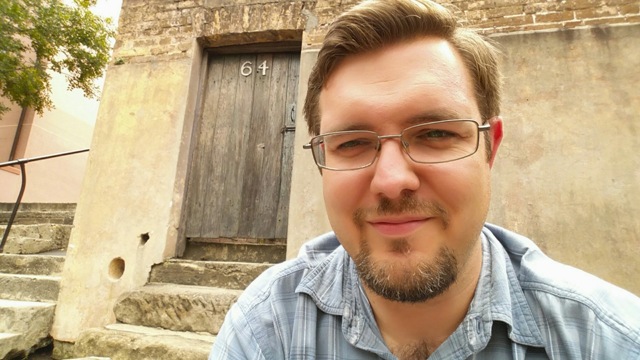Over the next 10-20 years, classical music will face some major challenges. The classical music audience, loyal for so many decades, is ageing and in decline. Younger audiences are not joining the ranks as fast as the industry would like.
For this art form to survive in the future, innovative audience-building will be the key. But where do you begin? And how do you measure your results?
As an arts administrator for nearly a decade in the classical music field, and a classical music lover myself, I have been obsessed with the question of how to attract new audiences. I don’t claim to have all the answers to solve the crisis, but I believe it will come from two areas:
1) Understanding why people like (and don’t like) certain types of music.
Essentially, at the heart of the classical music audience issue is a simple idea: we’re trying to persuade more people to like classical music. But in order to persuade, we have to understand what makes people like any music, right? So on this site, I will be sharing various theories and ideas (my own and other people’s) of why people do and do not like classical music, and how this can make us more effective in persuading people to try out the art form.
2) Building experiences that help people like classical music more than they do.
If we understand why people like music, then we can start to engineer our interactions with audiences to help them like the music more. Many orchestras and classical music organisations around the world are trying great things, and this site will aim to share many of those stories.
 I’m currently the Director – Sales and Marketing at Queensland Symphony Orchestra. (All thoughts my own.)
I’m currently the Director – Sales and Marketing at Queensland Symphony Orchestra. (All thoughts my own.)